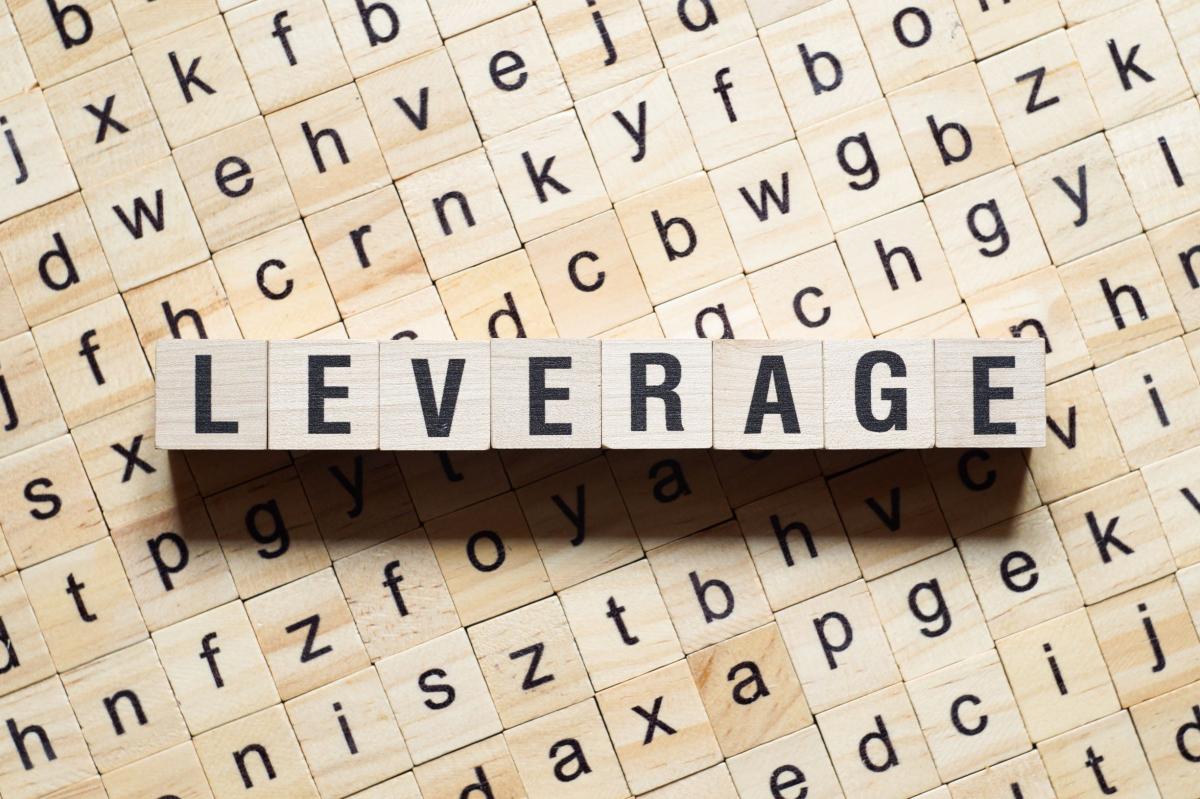By William Kinlaw, CFA This article offers commentary and highlights from “Private Equity and the Leverage Myth” by Megan Czasonis, William Kinlaw, Mark Kritzman and David Turkington in The Journal of Alternative Investments. You can read the full paper here. The private equity market is on an astonishing growth trajectory. It grew by $4 trillion over the past decade and is forecast to grow by another $2 trillion in the next five years. At State Street, the feedback we are receiving from clients is consistent with this trend. Many of our pension, endowment and sovereign wealth fund clients tell us that their demand for private equity investments continues to outstrip supply. The capital calls just don’t come in fast enough for them to hit, let alone maintain, their target allocation to the asset class. They are chronically underweight. Along with the broader investment challenges driven by the global Covid-19 pandemic, these headwinds have inspired investors around the world to take a fresh look at their approach to private equity in 2020. In this post, we’ll cover one of the biggest challenges that arises in determining the optimal allocation to private equity in 2021. Notably, its volatility—one of the crucial inputs to asset allocation—is notoriously difficult to estimate. Unlike the stock market, there is no time series of transaction prices to inform risk estimates. Private equity funds trade infrequently, if ever. So investors must rely instead on quarterly appraisals provided by their managers. Each appraisal is anchored to its own prior values which renders the time series artificially smooth and its volatility artificially low. In statistical parlance, the returns are autocorrelated: each return is related to the prior period return rather than being independent from one quarter to the next. The problem gets even worse when we extrapolate (for example, by annualizing) to estimate volatility over longer horizons. “But wait,” I can hear you asking, “What’s so bad about low volatility? I could use a little bit of that this year.” Indeed, more than one pension fund investor has told me that part of private equity’s appeal is that its gentle NAV changes—relative to say, public equities—have a mollifying effect: they smooth out the pension fund’s volatility over time. There’s just one problem: it’s completely artificial. They’re pulling the wool over their own eyes. Imagine that you’re trying to cook a perfect Thanksgiving turkey using a meat thermometer. But unlike a normal thermometer, yours gives you the average internal temperature of the turkey over the past hour. If you rely on this thermometer you will be very relaxed while you cook the turkey (the temperature rises smoothly and slowly while you enjoy a few glasses of wine) but very disappointed when it comes out of the oven. Your bird will be hopelessly overcooked and you’ll need one of those electric carving knives from the 1950s to cut it. In the case of private equity, what you need is a real-time thermometer. But the only one available is the moving average kind. So what is an investor to do? What is the right way to estimate the volatility of private equity? One thing not to do is to use a popular rule of thumb based on leverage. An investor could be forgiven for assuming, if his or her private equity portfolio has twice the leverage of the Russell 2000 index and is comprised of similarly sized companies, that its volatility should be twice as large. Anybody who got a passing grade in Corporate Finance 101 knows that volatility scales linearly with leverage. There’s just one problem with this approach: it is completely wrong. In fact, for both public and private companies, the relationship between volatility and leverage is, more or less, a myth. It is hopelessly confounded by a wide array of factors; in the end, companies that have lower business risk are able to take on more leverage and do so. Those that can’t don’t. Leverage is an endogenous variable that is inversely related to underlying business risk—a relationship that is impossible to disentangle. The most reliable way to estimate the volatility of private equity is also one of the simplest: take those same appraisal-based NAVs for a broad private equity universe but use longer return intervals of say three or five years. This will implicitly account for the impact of autocorrelation. And it tends to yield the stubborn conclusion that private equity buyout funds have, on average, similar volatility to large cap listed equities despite their higher leverage. Bottom line, the volatility of private equity is not as low as it may appear at first blush… but it is also not as high as you might expect if you apply a common but misleading rule of thumb. William Kinlaw, CFA is Senior Managing Director at State Street Associates.
Interested in contributing to Portfolio for the Future? Drop us a line at content@caia.org




